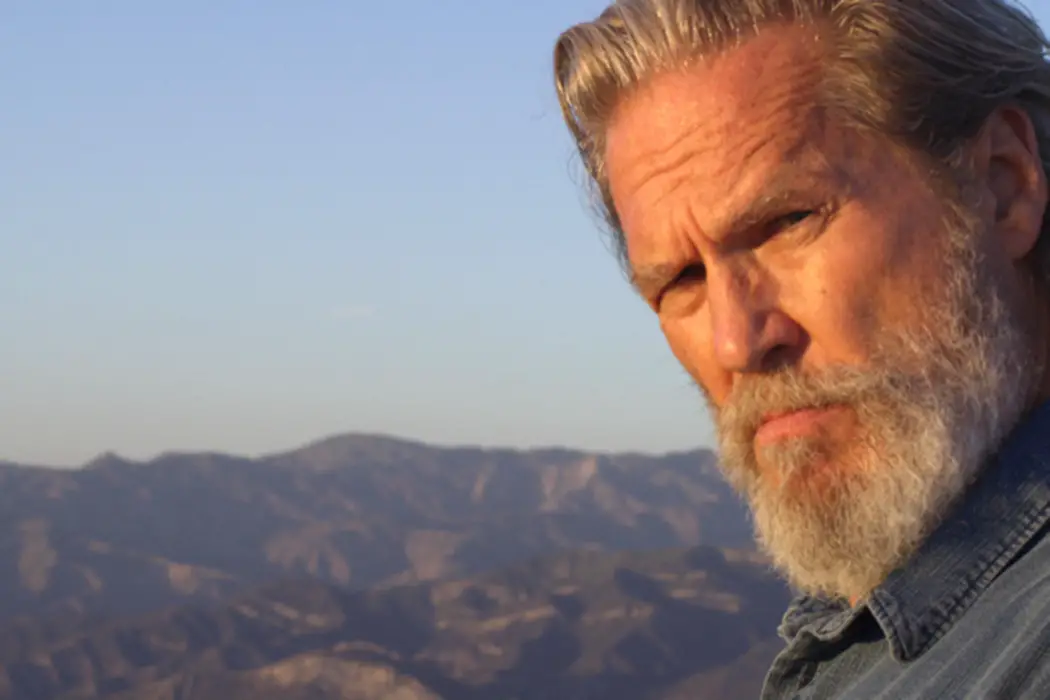LIVING IN THE FUTURE’S PAST: An Exquisite View Into Human Evolution & The Climate Crisis

Stephanie Archer is 39 year old film fanatic living in…
“Not until we are lost do we begin to understand ourselves.” – Henry David Thoreau
To say we are lost when it comes to climate change and global warming would definitely spur a debate. Yet, in a time when the world is changing faster than it ever has before, we are lost in our solutions to change what we can and lost in our understanding of why as humans we do what we do. Yet, now that we are faced with rising waters and planetary temperatures, we are faced with finding direction and knowledge, to find an equality in the environment once again. This is exactly what Susan Kucera‘s latest documentary Living in the Future’s Past presents to its viewers, an exquisite and haunting view of the world we are rapidly changing, as well as an understanding beyond the typical explanations for why as humans we do what we do.
Haunting Look at Evolution

Rome fell because it was unable to sustain itself. Too much indulgence and and disregard for moderation and adjustment of behaviors lead to its ruin, a lesson that has not found itself ingrained in present society. Yet, we are looking at a larger global scale of a species whose consumption is unsustainable, and its effects resonate beyond an ancient civilization. Yet, is it a complete disregard to the world around us, or is there something more innate working behind the veil. Many of the experts argue that as we evolved out values have been shaped differently, the reward center of the brain becoming closely tied with many of the things we desire and consume.
The discovery of agriculture was the biggest moment in human evolution, the ability to stay in one place. Values were also shaped differently and things humans once worried about were no more. We had achieved the ability to control not only the food we eat but the environment around us. This has grown over thousands of years, advancing and evolving to a continued and exhaustive manipulation of the world – many times with irrevocable damage.
What was most fascinating about Living in the Future’s Past was obtaining and understanding the knowledge behind consumption and value, manipulation and evolution. When it all boils down, the habits derived throughout the evolution of man could be the key to changing everything. If we understand why we do as we do, we can begin to change and modify our behaviors – our habits. As individuals, we comprise a super organism – a living, breathing unit. Limiting the use of fossil fuels does not change the habits of the organism. We need to each find what we can do to become aware of why we do things and find ways to redefine our expectations, modifying our habits to contribute to the larger picture. Only by contributing as the super organism can we begin to make the change we want to see – to make the changes now in our future’s past.
Exquisite Beauty

As each of the images flash by, and interviews are showcased, the soundtrack perfectly rounds out the feeling and impact Living in the Future’s Past has to offer. The music is tranquil and peaceful, contrasting many of the images it accompanies. It’s echoing and repetitive, yet its resounding sound still creating tension – a metronome keeping the pace as viewers are lead to the finish line. If the rapid images and interviews were not creating enough tension, the score from Keefus Ciancia and Bob Holroyd does the trick.
Conclusion: Living in the Future’s Past
Living in the Future’s Past does not challenge viewers with an overwhelming task of changing the world, but in changing ourselves. It asks us to look within and examine whether we confuse what we need with what we desire and vice versa. It asks us what we can do today to make the future we want to see tomorrow?
Living in the Future’s Past is not an environmental documentary that scolds the human race, pointing is finger in disgust. While watching, viewers will not feel as though the filmmaker created the film with guilt in its message. Rather, Kucera creates an enlightening film to provide knowledge to viewers that give them the opportunity to examine their own lives, to decide for themselves what they can truly do to contribute in the fight against a growing problem within our society and the world. With knowledge comes power, and with this new strength, Kucera and her team of experts maybe just what we need to see to understand the world and our part more clearly.
What do you do to contribute to create the future you want to see? Tell us your thoughts in the comments below!
Living in the Future’s Past will be released in the US on October 5, 2018. For all international release dates, see here.
Does content like this matter to you?
Become a Member and support film journalism. Unlock access to all of Film Inquiry`s great articles. Join a community of like-minded readers who are passionate about cinema - get access to our private members Network, give back to independent filmmakers, and more.













